
Engineers at the University of California San Diego have developed tiny ultrasound-powered robots that can swim through blood, removing harmful bacteria along with the toxins they produce. These proof-of-concept nanorobots could one day offer a safe and efficient way to detoxify and decontaminate biological fluids. |
|
| Researchers built the nanorobots by coating gold nanowires with a hybrid of platelet and red blood cell membranes. This hybrid cell membrane coating allows the nanorobots to perform the tasks of two different cells at once—platelets, which bind pathogens like MRSA bacteria (an antibiotic-resistant strain of Staphylococcus aureus), and red blood cells, which absorb and neutralize the toxins produced by these bacteria. The gold body of the nanorobots responds to ultrasound, which gives them the ability to swim around rapidly without chemical fuel. This mobility helps the nanorobots efficiently mix with their targets (bacteria and toxins) in blood and speed up detoxification. | |
| The work, published in Science Robotics (“Hybrid biomembrane-functionalized nanorobots for concurrent removal of pathogenic bacteria and toxins”), combines technologies pioneered by Joseph Wang and Liangfang Zhang, professors in the Department of NanoEngineering at the UC San Diego Jacobs School of Engineering. Wang’s team developed the ultrasound-powered nanorobots, and Zhang’s team invented the technology to coat nanoparticles in natural cell membranes. |
Image Credit: YouTube/UCSD
News This Week
The Silent Battle Within: How Your Organs Choose Between Mom and Dad’s Genes
Research reveals that selective expression of maternal or paternal X chromosomes varies by organ, driven by cellular competition. A new study published today (July 26) in Nature Genetics by the Lymphoid Development Group at the MRC [...]
Study identifies genes increasing risk of severe COVID-19
Whether or not a person becomes seriously ill with COVID-19 depends, among other things, on genetic factors. With this in mind, researchers from the University Hospital Bonn (UKB) and the University of Bonn, in [...]
Small regions of the brain can take micro-naps while the rest of the brain is awake and vice versa
Sleep and wake: They're totally distinct states of being that define the boundaries of our daily lives. For years, scientists have measured the difference between these instinctual brain processes by observing brain waves, with [...]
Redefining Consciousness: Small Regions of the Brain Can Take Micro-Naps While the Rest of the Brain Is Awake
The study broadly reveals how fast brain waves, previously overlooked, establish fundamental patterns of sleep and wakefulness. Scientists have developed a new method to analyze sleep and wake states by detecting ultra-fast neuronal activity [...]
AI Reveals Health Secrets Through Facial Temperature Mapping
Researchers have found that different facial temperatures correlate with chronic illnesses like diabetes and high blood pressure, and these can be detected using AI with thermal cameras. They highlight the potential of this technology [...]
Breakthrough in aging research: Blocking IL-11 extends lifespan and improves health in mice
In a recent study published in the journal Nature, a team of researchers used murine models and various pharmacological and genetic approaches to examine whether pro-inflammatory signaling involving interleukin (IL)-11, which activates signaling molecules such [...]
Promise for a universal influenza vaccine: Scientists validate theory using 1918 flu virus
New research led by Oregon Health & Science University reveals a promising approach to developing a universal influenza vaccine—a so-called "one and done" vaccine that confers lifetime immunity against an evolving virus. The study, [...]
New Projects Aim To Pioneer the Future of Neuroscience
One study will investigate the alterations in brain activity at the cellular level caused by psilocybin, the psychoactive substance found in “magic mushrooms.” How do neurons respond to the effects of magic mushrooms? What [...]
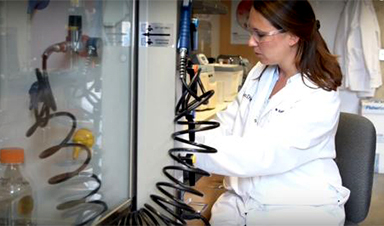
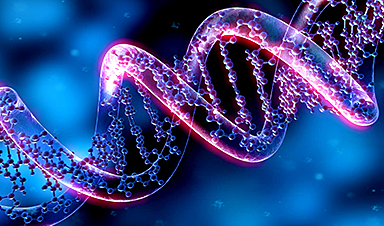

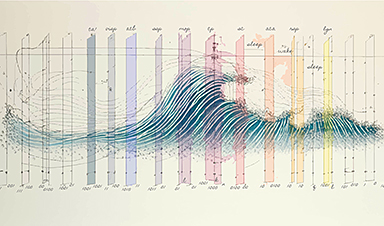
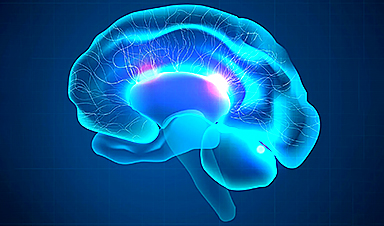


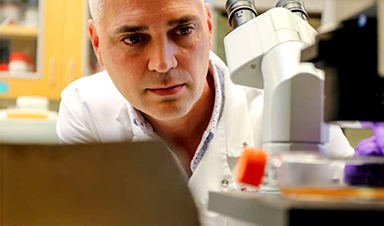






Leave A Comment